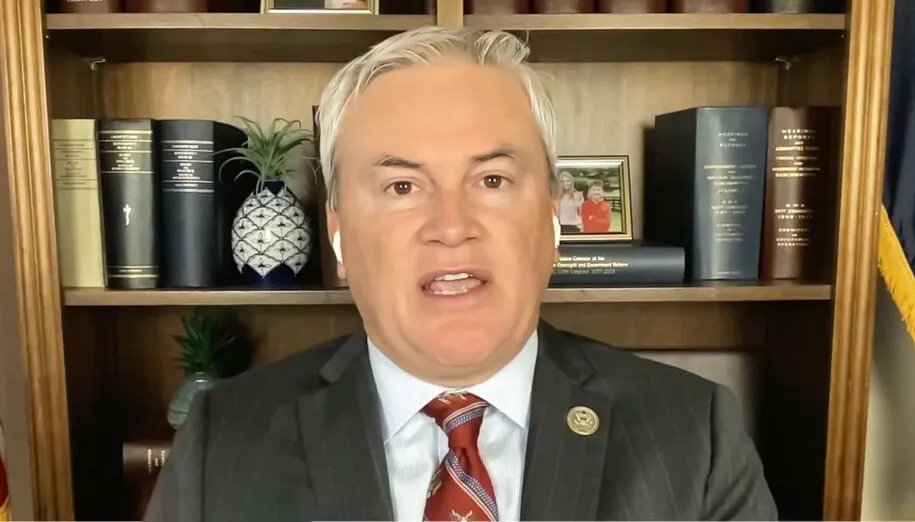This short article is in response to the comment heard during the current discussion about class sizes: “Putting one or two more students in a classroom won’t make any difference.” It’s such a non-helpful statement, because it is obviously both true and false at the same time. So let’s see if we can suss out when it’s true, and call BS for when it is false.
It Depends on the Age of the Student
There is a reason that guidelines for class sizes vary depending on grade: younger children need more moment-to-moment guidance. Thirty first graders with one teacher is going to be impossible; thirty high school seniors is probably not a problem (but see below). This seems obvious to everyone, so let’s move on to the next point.
It Depends on the Course Content
I used to be a band director, and my student:teacher ratio ranged from 55-to-1 at one school to 120-to-1 at another. I had my challenges, but class size wasn’t one of them. Why? Because the students wanted to be there, and because they were occupied and using their hands pretty much the entire time.
A class with many labs needing observation and assistance is much different from a lecture class. A class with centers and small-group work is much different from a discussion class.
It Depends on the Challenges in the Classroom
A class of thirty students who are all basically focused on the work is much, much easier than a class of twenty students with five who don’t care to be there. Throw in some English-as-Second-Language students, or some students with behavioral issues, and the state guidelines should probably be cut in half.
But What Does the Research Say About Class Sizes?
I started to make this article a longer piece with much quoting of the research, but decided instead to summarize the bullets, along with some links. (Spoiler alert: smaller classes are better.)
- Generally speaking, smaller classes lead to “better test scores, fewer dropouts, and higher graduation rates, especially for disadvantaged children.” The effect is greatest in the lower grades.
- The most persuasive study is the Tennessee STAR study, which showed overall improvements of 10% or more on achievement tests, and even larger gains for disadvantaged students.
- The explanation was not that the teacher taught differently with a smaller class, for the most part. Instead, the authors of the study concluded that the biggest reason for the difference was the attention that children received in a smaller class; they could no longer hide or get lost.
- Smaller actual classes are more important than lower pupil:teacher ratios; in other words, a class of 20 with one teacher will often outperform a class of 30 with two teachers, if one of the teachers is doing more administrative work than interacting with the students. It is the individual attention that is the key.
And finally, from a recently-published study, some dramatic findings:
-
Class size is an important determinant of student outcomes, and one that can be directly determined by policy. All else being equal, increasing class sizes will harm student outcomes.
-
The evidence suggests that increasing class size will harm not only children’s test scores in the short run, but also their long-run human capital formation. Money saved today by increasing class sizes will result in more substantial social and educational costs in the future.
-
The payoff from class-size reduction is greater for low-income and minority children, while any increases in class size will likely be most harmful to these populations.
-
Policymakers should carefully weigh the efficacy of class-size policy against other potential uses of funds. While lower class size has a demonstrable cost, it may prove the more cost-effective policy overall.
So, JCPS administrators and budget builders: In light of these findings, what EXACTLY are you proposing to do to class sizes? For which students, in which schools? And why are you going for bigger class sizes, when your goal is better outcomes, and the research shows that Smaller Is Better?
— 30 —
Comments







